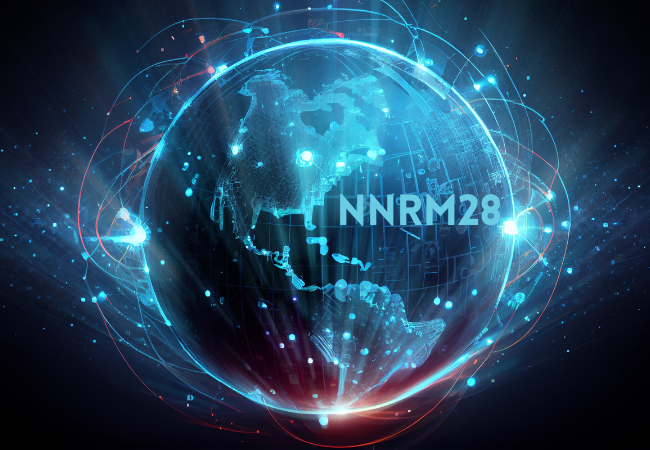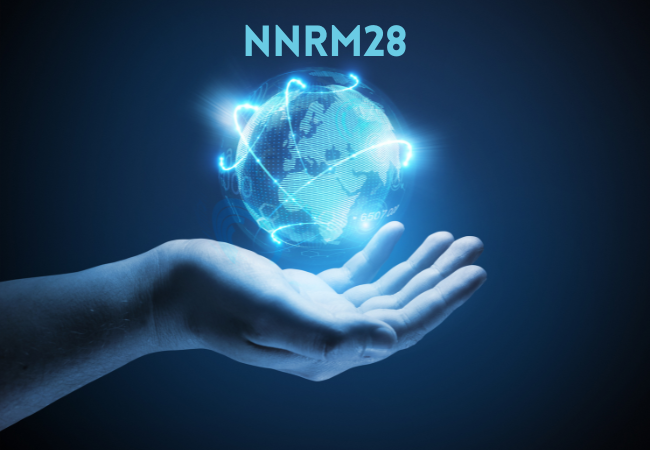An Insider’s Guide to nnrm28

The nnrm28 is a pivotal initiative aimed at controlling and managing narcotic substances within a country. By systematically collecting, analyzing, and sharing data, the NNRM aids in the fight against drug abuse and illegal narcotics trafficking. This article delves into the various aspects of NNRM, its components, benefits, and future directions.
What is nnrm28?
Definition and Overview
The National Narcotics Registry Management (NNRM) is a centralized database designed to track the distribution, prescription, and consumption of narcotic substances. It serves as a critical tool for monitoring drug usage patterns, identifying potential abuse, and ensuring that narcotics are used safely and responsibly.
Historical Background of NNRM
Origins and Evolution
The concept of a national narcotics registry emerged as a response to the escalating drug abuse crisis. Initially, efforts were fragmented and lacked a cohesive approach. Over the years, technological advancements and policy reforms have shaped the NNRM into a sophisticated system that integrates data from various sources to provide a comprehensive view of narcotic usage.
Objectives of nnrm28
Key Goals and Purposes
The primary objectives of NNRM include:
- Monitoring Narcotic Prescriptions: Ensuring that narcotic prescriptions are legitimate and used for medical purposes.
- Preventing Drug Abuse: Identifying and mitigating potential abuse by tracking usage patterns.
- Supporting Law Enforcement: Providing data to aid in the detection and prosecution of illegal narcotics activities.
- Promoting Public Health: Reducing the incidence of drug-related health issues through better monitoring and control.
Components of nnrm28
Data Collection and Management
NNRM comprises several key components:
- Prescription Monitoring Programs (PMPs): These track the issuance and fulfillment of narcotic prescriptions.
- Patient Records: Detailed information on patients receiving narcotics to ensure appropriate use.
- Pharmacy Reports: Data from pharmacies on the dispensation of narcotic substances.
- Healthcare Provider Inputs: Information from doctors and hospitals on the medical necessity and outcomes of narcotic use.
Stakeholders in nnrm28
Government Agencies, Healthcare Providers, Law Enforcement
NNRM involves multiple stakeholders, including:
- Government Agencies: Regulatory bodies overseeing the implementation and compliance of NNRM.
- Healthcare Providers: Doctors, hospitals, and clinics that prescribe and manage narcotic medications.
- Law Enforcement: Agencies that utilize NNRM data to combat illegal drug activities and enforce narcotics laws.
Implementation of NNRM
Processes and Procedures
Implementing NNRM requires a coordinated effort involving:
- Legislative Support: Enacting laws that mandate the reporting and monitoring of narcotic prescriptions.
- Technological Infrastructure: Developing and maintaining the software and hardware needed to manage the registry.
- Training Programs: Educating healthcare providers and law enforcement on the use of NNRM.
Technological Framework of NNRM
Software and Tools Used
The technological backbone of NNRM includes:
- Database Systems: Centralized repositories for storing and managing narcotics data.
- Analytics Tools: Software for analyzing data to detect patterns and anomalies.
- Security Protocols: Measures to protect sensitive information from unauthorized access.
Data Security in NNRM
Privacy Measures and Protocols
Ensuring the security and privacy of data within NNRM is paramount. Key measures include:
- Encryption: Protecting data through advanced encryption techniques.
- Access Controls: Restricting access to authorized personnel only.
- Regular Audits: Conducting routine checks to identify and address potential security vulnerabilities.
Role of Healthcare Providers in NNRM
Reporting and Compliance
Healthcare providers play a crucial role in NNRM by:
- Accurate Reporting: Ensuring that all narcotic prescriptions are accurately reported to the registry.
- Compliance with Guidelines: Adhering to established protocols for prescribing and managing narcotics.
- Patient Education: Informing patients about the risks and proper use of narcotic medications.
Impact on Law Enforcement
Enhancing Narcotics Control
NNRM significantly aids law enforcement by:
- Data Access: Providing timely and accurate data on narcotic transactions.
- Investigative Support: Helping in the identification and investigation of illegal narcotics activities.
- Prosecution Assistance: Offering evidence to support the prosecution of drug-related crimes.

Challenges in NNRM Implementation
Operational and Technical Issues
Despite its benefits, NNRM faces several challenges:
- Data Accuracy: Ensuring the accuracy and completeness of reported data.
- System Integration: Integrating NNRM with existing healthcare and law enforcement systems.
- User Training: Providing adequate training for all stakeholders to effectively use NNRM.
Success Stories of NNRM
Case Studies and Examples
Several regions have successfully implemented NNRM, showcasing its potential:
- Case Study 1: Reduction in opioid overdoses following the introduction of NNRM.
- Case Study 2: Improved law enforcement efficiency in tracking illegal narcotics.
- Case Study 3: Enhanced patient safety through better monitoring of prescription practices.
Global Perspectives on Narcotics Registries
Comparisons with International Models
NNRM is part of a global effort to combat drug abuse. Comparative analysis with international models reveals:
- Best Practices: Lessons learned from other countries’ experiences.
- Collaborative Efforts: Opportunities for international cooperation in narcotics control.
- Innovation Exchange: Sharing technological and procedural innovations.
Legal Framework Supporting NNRM
Relevant Laws and Regulations
The legal foundation of NNRM includes:
- National Legislation: Laws mandating the creation and operation of the registry.
- Regulatory Guidelines: Detailed regulations governing the reporting and use of narcotic data.
- Compliance Requirements: Standards and protocols for stakeholders to follow.
Public Health Benefits of NNRM
Reducing Drug Abuse and Overdoses
NNRM contributes to public health by:
- Early Detection: Identifying potential abuse and intervening early.
- Informed Policy Making: Providing data to inform public health policies and programs.
- Resource Allocation: Directing resources to areas with high incidences of drug abuse.
Future Directions for NNRM
Innovations and Improvements
The future of NNRM includes:
- Advanced Analytics: Utilizing AI and machine learning for better data analysis.
- Mobile Access: Developing mobile platforms for easier data entry and access.
- Global Integration: Enhancing cooperation with international narcotics registries.
Public Awareness and NNRM
Education and Advocacy
Raising public awareness about NNRM involves:
- Educational Campaigns: Informing the public about the benefits and functions of NNRM.
- Advocacy Efforts: Encouraging support for NNRM initiatives.
- Community Engagement: Involving communities in efforts to combat drug abuse.
Training and Support for NNRM Users
Resources and Programs
To ensure effective use of NNRM:
- Training Workshops: Regular workshops for stakeholders.
- Online Resources: Providing digital training materials and support.
- Help Desks: Establishing support centers for technical and operational assistance.
Monitoring and Evaluation of NNRM
Performance Metrics and Analysis
Evaluating NNRM’s performance involves:
- Key Metrics: Tracking indicators such as reduction in drug abuse and compliance rates.
- Regular Reviews: Periodic assessments to identify areas for improvement.
- Feedback Mechanisms: Collecting feedback from stakeholders to enhance the system.
FAQs about NNRM
Common Questions Answered
What is the purpose of NNRM?
The purpose of NNRM is to monitor and manage the distribution and use of narcotics to prevent abuse and support public health and law enforcement efforts.
How does NNRM protect patient privacy?
NNRM employs advanced encryption and access controls to ensure that patient data is secure and only accessible to authorized personnel.
Who are the main stakeholders in NNRM?
The main stakeholders include government agencies, healthcare providers, and law enforcement authorities.
What challenges does NNRM face?
NNRM faces challenges such as ensuring data accuracy, system integration, and providing adequate user training.
How does NNRM benefit public health?
NNRM benefits public health by reducing drug abuse and overdoses through better monitoring and early intervention.
What are the future directions for NNRM?
Future directions include advanced analytics, mobile access, and greater global integration.
Conclusion
In conclusion, the National Narcotics Registry Management (NNRM) is an essential tool in the fight against narcotic abuse and illegal distribution. By providing a comprehensive and secure platform for data collection and analysis, NNRM supports public health initiatives, aids law enforcement, and promotes the responsible use of narcotic substances. As technology and policies evolve, NNRM will continue to play a critical role in ensuring the safe and effective management of narcotics.



